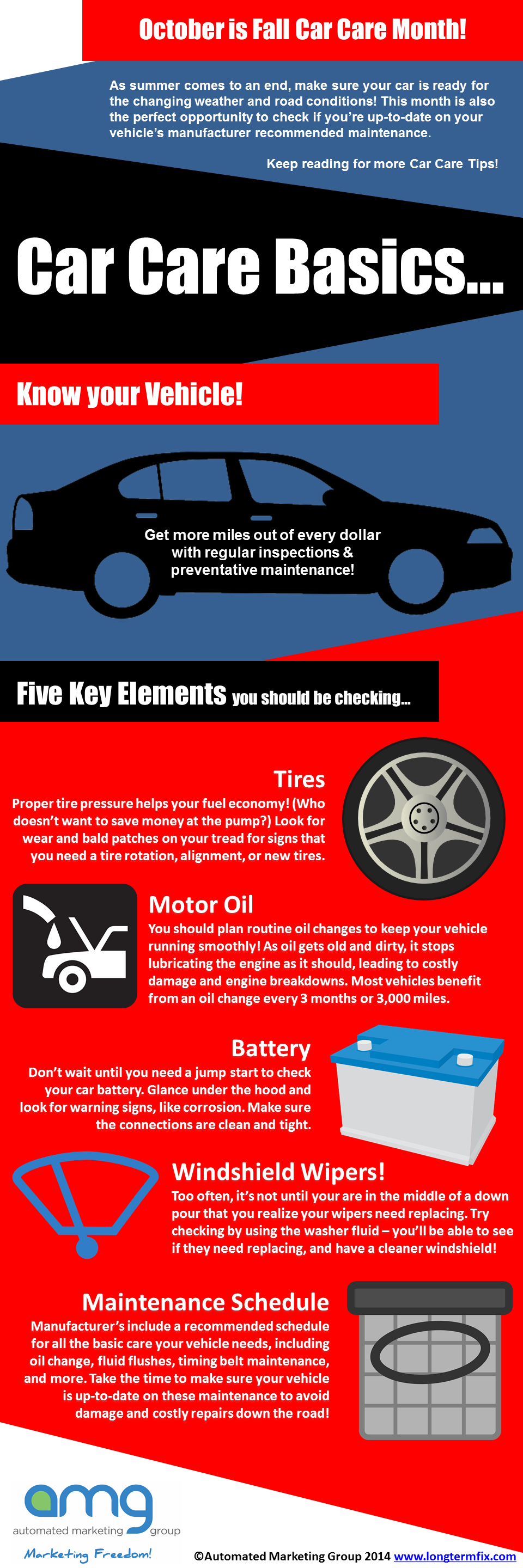Recognizing The Relevance Of Routine Tire Treatment: A Guide To Tire Evaluation And Rotation
Recognizing The Relevance Of Routine Tire Treatment: A Guide To Tire Evaluation And Rotation
Blog Article
Published By-Olson Dahl
Ensuring your tires are in top condition is more than simply a routine job-- it's a safety essential for every single journey you start. From keeping appropriate atmospheric pressure to checking for damage, the wellness of your tires straight affects your car's efficiency and your health when traveling. Yet what are the vital actions to take to keep your tires in prime form? Let's discover the vital aspects of tire upkeep that you should not neglect.
Benefits of Regular Tire Upkeep
Normal tire maintenance offers a variety of benefits that can enhance your driving experience and ensure your safety when traveling. By keeping your tires correctly pumped up, you improve fuel efficiency, conserving you money at the pump.
Well-maintained tires likewise provide better traction, reducing the threat of accidents, specifically during harsh climate. Properly straightened and well balanced tires cause a smoother trip, reducing vibrations and boosting general vehicle handling.
Regularly turning your tires advertises also walk wear, expanding their life-span and conserving you from premature substitutes. Furthermore, keeping the right tire stress can protect against blowouts and flats, reducing the opportunities of unforeseen breakdowns when driving.
Tire Assessment Standards
When checking your tires, it's vital to focus on various vital aspects to ensure they remain in optimal condition for safe driving. Start by inspecting the tire pressure making use of a stress gauge to guarantee it matches the manufacturer's suggested level.
Evaluate the tread deepness by placing a cent inverted into the walk grooves; if you can see all of Lincoln's head, it's time for new tires. Search for any indicators of uneven wear, which may indicate positioning problems or inappropriate rising cost of living.
Check for cuts, bulges, or cracks on the tire sidewalls, as these can cause blowouts. In addition, take a look at the tire shutoffs for damage or leaks. Bear in mind to evaluate all 4 tires, consisting of the spare if appropriate.
Appropriate Tire Rotation Techniques
To make sure even put on and prolong the life-span of your tires, it's essential to comply with correct tire turning strategies. Normal tire turning aids disperse use equally throughout all four tires, advertising longer step life and enhancing overall efficiency. Beginning by examining your car's guidebook for the advised turning pattern. Commonly, classic car restoration -wheel-drive, rear-wheel-drive, and all-wheel-drive vehicles have different rotation patterns to represent differing wear patterns.
For the majority of cars, the recommended tire rotation interval is every 6,000 to 8,000 miles, but this may differ, so it's critical to consult your handbook.
When revolving your tires, swap the front tires with the rear tires, moving the left back tire to the left front position and vice versa. Keep in mind to also go across the rear tires to the opposite sides when moving them to the front. check out here yet effective turning strategy aids make certain that all tires put on uniformly, optimizing their life-span and keeping optimal performance.
Conclusion
Make certain to prioritize normal tire upkeep to keep your vehicle running efficiently and securely. By adhering to straightforward evaluation standards and proper rotation strategies, you can extend the lifespan of your tires, improve fuel effectiveness, and boost total efficiency when driving. Do not neglect the value of taking care of your tires - it's a little effort that can make a huge distinction in your driving experience.
